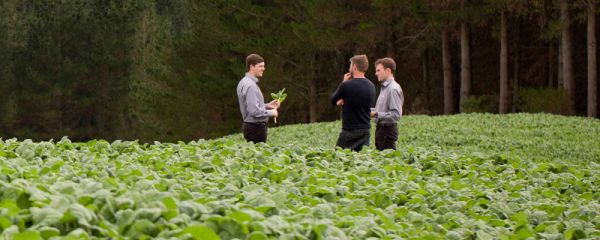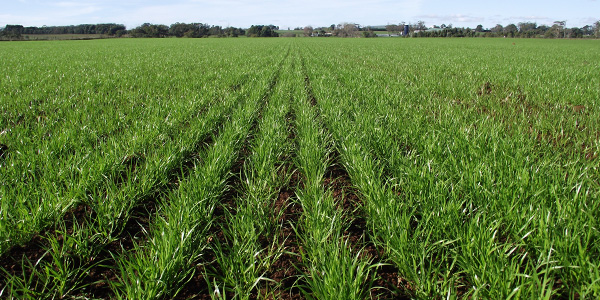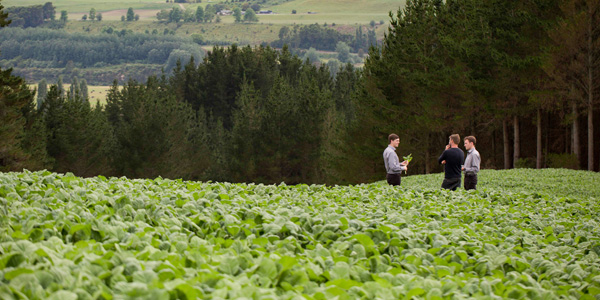
Endophytes
Endophytes
Animal Safety
These ratings are indicative. Animal performance and health can vary under different management systems and between seasons.
The information in this table is based on animal safety trialling protocols designed to expose animals to simulated worst-case scenario management. This involves forcing them to graze deep into the base of pure perennial ryegrass pastures that have been allowed to grow for several weeks over late spring/summer (similar to a hay crop) where they will encounter the highest concentrations of harmful endophyte chemicals if these are present.
This management does not represent normal farm practice although similar situations may arise on farms in rare circumstances. Under normal farm grazing practices, the contribution of basal pasture material to total animal drymatter intake is relatively low and therefore the intake of harmful chemicals (if they are present) is diluted. Thus, the likelihood of adverse effects on animals is reduced, but the potential for problems to occur may still exist if the endophyte brand is rated < 4-star for ‘freedom from staggers’ and/or there are comments on animal performance which flag potential issues.
Comments on animal performance have been moderated based on information from other trials (in addition to the formal animal safety testing protocols), consideration of the ‘normal’ grazing management practices implemented on farm (see previous paragraph), and recognition that animal diets are very seldom pure ryegrass. Other dietary components such as clovers or non-ryegrass grass species, crops or supplements will dilute the intake of endophyte alkaloids.
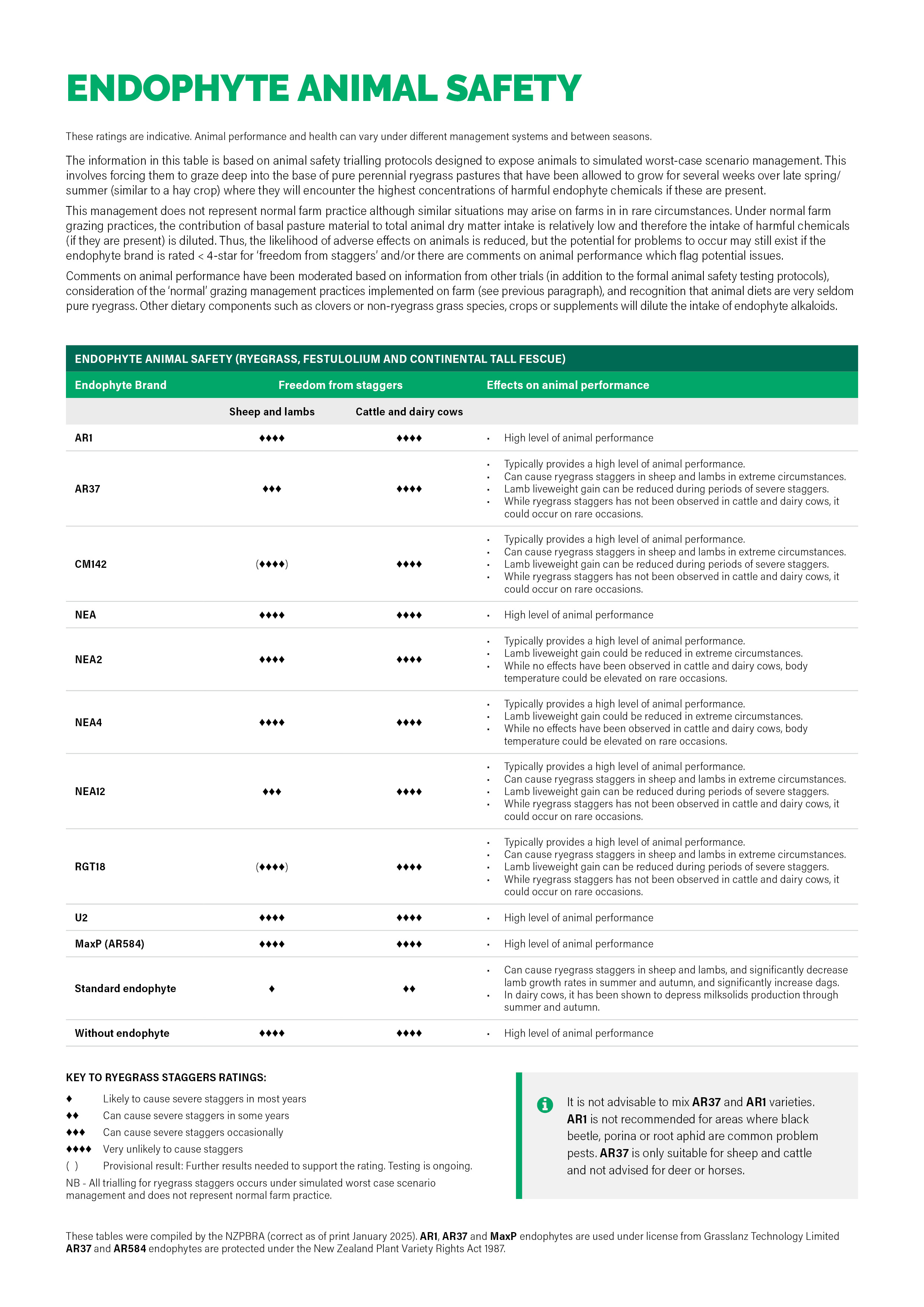 It is not advisable to mix AR37 and AR1 varieties. AR1 is not recommended for areas where black beetle, porina or root aphid are common problem pests. AR37 is only suitable for sheep and cattle and not advised for deer or horses.
It is not advisable to mix AR37 and AR1 varieties. AR1 is not recommended for areas where black beetle, porina or root aphid are common problem pests. AR37 is only suitable for sheep and cattle and not advised for deer or horses.
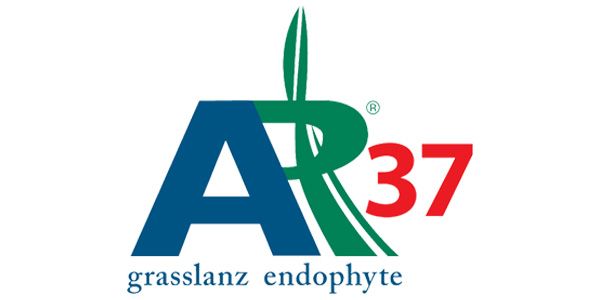
Learn more about AR37
AR37 Endophyte